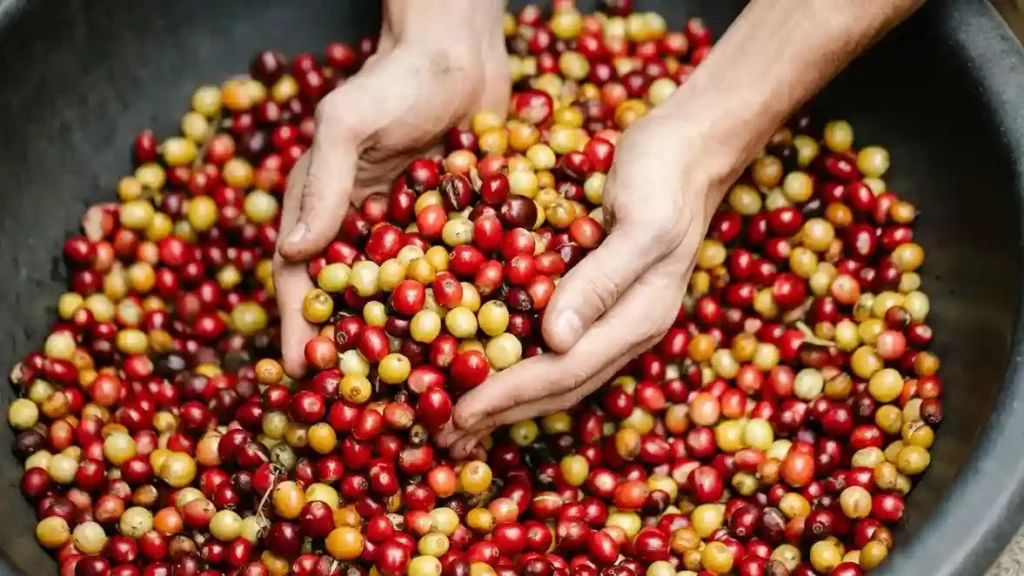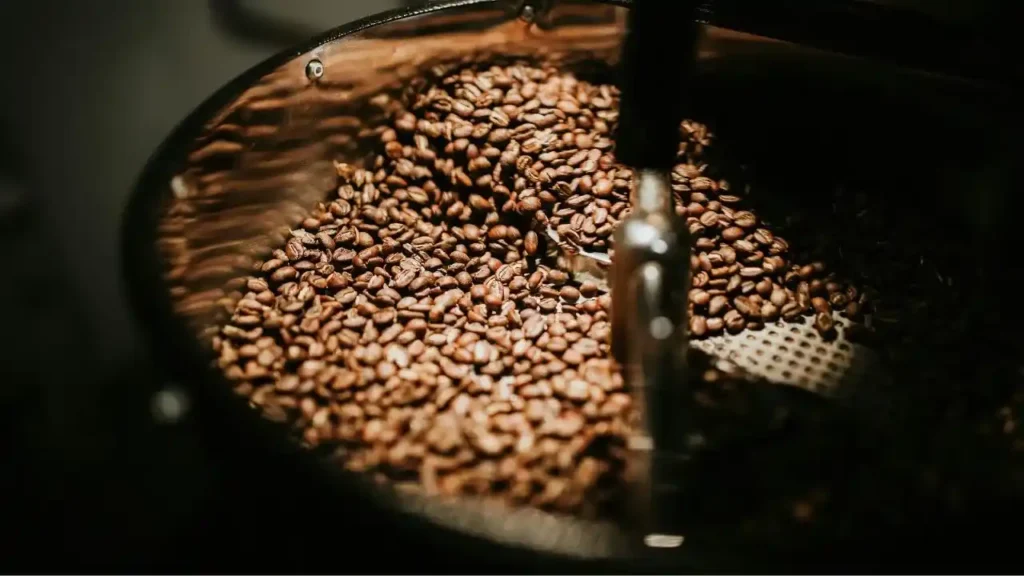The price of coffee beans can vary widely, influenced by factors such as quality, origin, processing methods, and market conditions. Understanding what drives these costs can help you make informed decisions when purchasing coffee beans, whether for personal enjoyment or business needs. In this guide, we’ll explore the factors that impact coffee bean prices, what distinguishes high-quality beans, and how you can evaluate the cost of coffee to ensure you’re getting the best value.
Factors Influencing Coffee Bean Prices
1. Coffee Bean Quality
The quality of coffee beans is a major factor influencing their price. High-quality beans often come from specific regions known for their superior coffee production, such as Ethiopia, Colombia, or Jamaica. These beans are typically harvested from well-maintained farms and carefully processed to enhance their flavor profiles. Specialty coffee, which includes beans graded for unique flavors and attributes, generally commands higher prices due to its rarity and the meticulous care involved in its production.
2. Origin and Supply Chain
The origin of coffee beans affects their price, with beans from certain regions commanding premium prices due to their unique characteristics or limited availability. Additionally, the supply chain—from farm to roaster—can impact costs. Factors such as transportation, import duties, and intermediary markups contribute to the final price. Coffee from countries with stable economies and efficient supply chains may be less expensive than beans from regions with logistical challenges or political instability.
3. Processing Methods
The method used to process coffee beans significantly affects their cost. Common processing methods include:
- Washed Process: Beans are fermented and washed before drying, resulting in a cleaner, brighter flavor. This method often increases the cost due to the additional labor and resources required.
- Natural Process: Beans are dried inside the fruit, imparting a fuller, fruitier flavor. While this method can be less expensive, it requires careful monitoring to avoid defects.
- Honey Process: A hybrid method where beans are partially dried with the mucilage intact, offering a balance of flavor complexity and cost.
Each method has its own impact on the final price, with more intricate processes generally leading to higher costs.
4. Roast Level
The roast level also influences coffee bean prices. Specialty roasters often focus on light to medium roasts to highlight the unique flavors of high-quality beans. Dark roasts, while popular, are sometimes less expensive due to the less discerning flavor profile. The cost of roasting equipment and expertise required for precise roasting can also affect the final price.
5. Market Conditions
Global market conditions and fluctuations in coffee production can affect prices. Factors such as weather conditions, disease outbreaks, and changes in consumer demand can lead to price volatility. For instance, poor harvests due to adverse weather can decrease supply and increase prices, while oversupply may drive prices down.
Evaluating the Cost of Coffee Beans
1. Understanding Price Tiers
Coffee beans can be categorized into different price tiers based on their quality and characteristics:
- Commodity Coffee: Typically lower in price, often used for mass-produced blends. It may lack distinctive flavors and is usually produced in large quantities.
- Specialty Coffee: Higher-priced due to its superior quality and unique attributes. Specialty coffee is often single-origin and carefully processed to enhance its flavor profile.
- Single-Origin Coffee: Beans sourced from a specific region or farm, often priced higher due to their unique flavor profiles and traceability.
2. Cost vs. Value
When evaluating coffee prices, consider the value you’re getting for the cost. Higher prices often reflect better quality, but it’s essential to balance your budget with your preferences. Sampling different coffees and understanding their flavor profiles can help you determine if the higher cost is justified by the quality and experience you receive.
3. Purchasing Options
- Whole Beans vs. Ground Coffee: Whole beans typically retain freshness longer and may offer better value compared to pre-ground coffee, which can lose flavor more quickly.
- Bulk Orders: Purchasing coffee in bulk can often reduce the per-unit cost. This option is particularly beneficial for businesses or avid coffee drinkers.
Conclusion
The price of coffee beans reflects a complex interplay of factors, including quality, origin, processing methods, and market conditions. By understanding these elements, you can make informed choices that align with your taste preferences and budget. At BrewClan Coffee, we are committed to offering high-quality beans that deliver exceptional value. Explore our range of specialty and single-origin coffees to find the perfect match for your palate and experience the true cost of quality in every cup.



